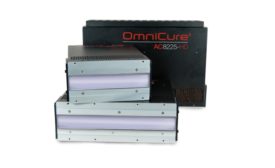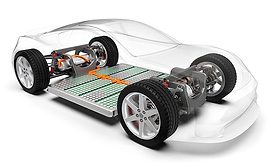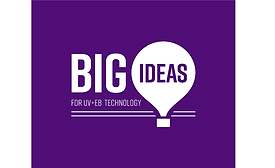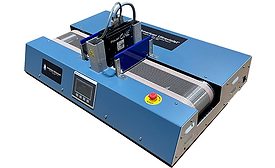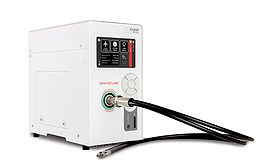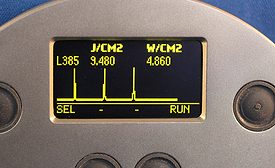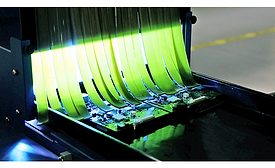Home » ultraviolet (UV) curing
Articles Tagged with ''ultraviolet (UV) curing''
UV Curing Technology Helps Transform the Manufacturing of EV Batteries
Offering reduced process times, higher throughput, lower rejection rates, and environment-friendly benefits, UV curing systems are helping to revolutionize lithium-ion battery manufacturing.
September 15, 2022
Previewing RadTech UV+EB 2022
Attendees of RadTech UV+EB 2022 can expect over 100 informative presentations, multiple educational opportunities, and a comprehensive exhibition showcasing the latest in ultraviolet- and electron beam-related technologies.
May 3, 2022
EXCELITAS TECHNOLOGIES CORP.: Next-Generation Spot UV Curing System
The system features proprietary OmniCure closed-loop feedback control technology, which automatically monitors and maintains the optical output for a repeatable curing process.
November 30, 2021
Excelitas to Highlight Curing Systems for Medical Device Manufacturers at MD&M Minneapolis
MD&M Minneapolis will take place November 3-4 at the Minneapolis Convention Center.
November 3, 2021
Understanding and Measuring UV LEDs
It is important to consider the variables associated with the LED source and proper measurement tools in order to understand, maintain, and control the adhesive curing process.
October 6, 2021
The Importance of Uniform Light Delivery from UV Curing Systems
Beyond peak intensity and curing area, differences in uniformity can impact the delivered UV light dose and change the optimal setup for flood-curing systems.
September 13, 2021
Keep the info flowing with our eNewsletters!
Get the latest industry updates tailored your way.
JOIN TODAY!Copyright ©2025. All Rights Reserved BNP Media.
Design, CMS, Hosting & Web Development :: ePublishing
